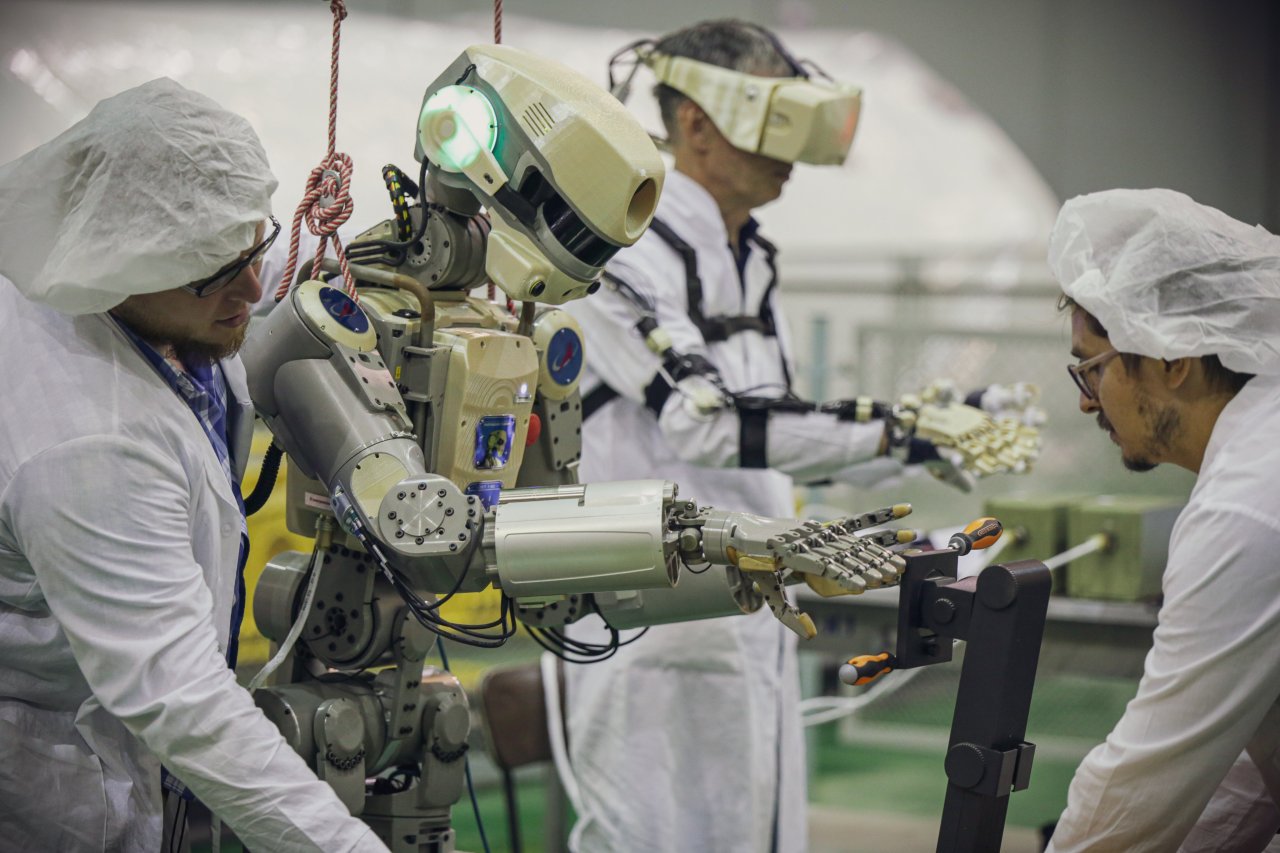In a significant leap forward for space technology, the Russian Soyuz spacecraft recently completed a successful docking with the International Space Station (ISS). While this is not the first time humans have sent spacecraft into orbit, what makes this mission unique is the presence of a humanoid robot, Skybot F-850, in the capsule. As space agencies worldwide push the boundaries of exploration, the integration of robotics in these efforts is unfolding new possibilities.
The Journey of Skybot F-850
On its maiden automated mission, the Skybot F-850 did not pilot the Soyuz capsule, but rather served as a sophisticated passenger, relaying vital data gathered during the flight. Launched atop a new version of the Soyuz rocket—designed particularly for human transport in future missions—this mission showcases a promising trajectory towards utilizing advanced robotics in human exploration of space.
Key Features of the Skybot F-850
- Robust Sensory Equipment: The humanoid is equipped with multiple sensors capable of measuring G-forces, vibrations, and temperature variations. This comprehensive data helps simulate the human experience in space travel.
- Conversational Skills: In a nod to user interaction, the Skybot F-850 possesses capabilities similar to smart home assistants. It can engage in conversations, respond to queries, and even share a few jokes, adding a touch of personality to its role.
- Future Potential: The ultimate goal for the Skybot F-850 and its successors is to evolve into functional companions, adept at performing tasks in harsh environments, including the vacuum of outer space.
Robots as Pioneers in Space Exploration
The inclusion of robots like Skybot F-850 in space missions carries significant implications for the future of space travel. They represent a vital step towards safer human exploration, where robotic companions can undertake missions in conditions too perilous for humans. With autonomous capabilities, these robots can gather data, conduct experiments, and provide critical safeguards for astronauts. Imagine a scenario where a humanoid robot assists astronauts with complex tasks on the lunar surface, or maintains equipment aboard the ISS without the risk of human error.
Why This Matters
The evolution of humanoid robots in space not only enhances safety but also allows for cost-effective mission planning. Testing the Soyuz spacecraft with a robot on board rather than risking human lives allows space agencies to gather crucial insights and make adjustments before crewed missions begin. The learning from these robotic missions could revolutionize our understanding of human tolerances during space travel and shape future designs of spacecraft and habitats.
Looking Ahead
As technology continues to advance, we can expect to see an increasing number of robotic companions accompanying astronauts on their journeys. These machines may help reduce the strain and physical demands placed on human crew members, making space exploration more accessible and efficient. Humanity stands on the brink of a new era where collaboration with intelligent machines enables deeper space exploration, and robots like Skybot F-850 could pave the way for this exciting future.
Conclusion
With the successful launch and docking of the Skybot F-850, the future of space exploration appears brighter than ever. As we continue to develop and refine robotic technology, there will likely be many more exciting missions ahead that challenge our understanding of what is possible in the realms of space travel. For more insights, updates, or to collaborate on AI development projects, stay connected with fxis.ai. At fxis.ai, we believe that such advancements are crucial for the future of AI, as they enable more comprehensive and effective solutions. Our team is continually exploring new methodologies to push the envelope in artificial intelligence, ensuring that our clients benefit from the latest technological innovations.

